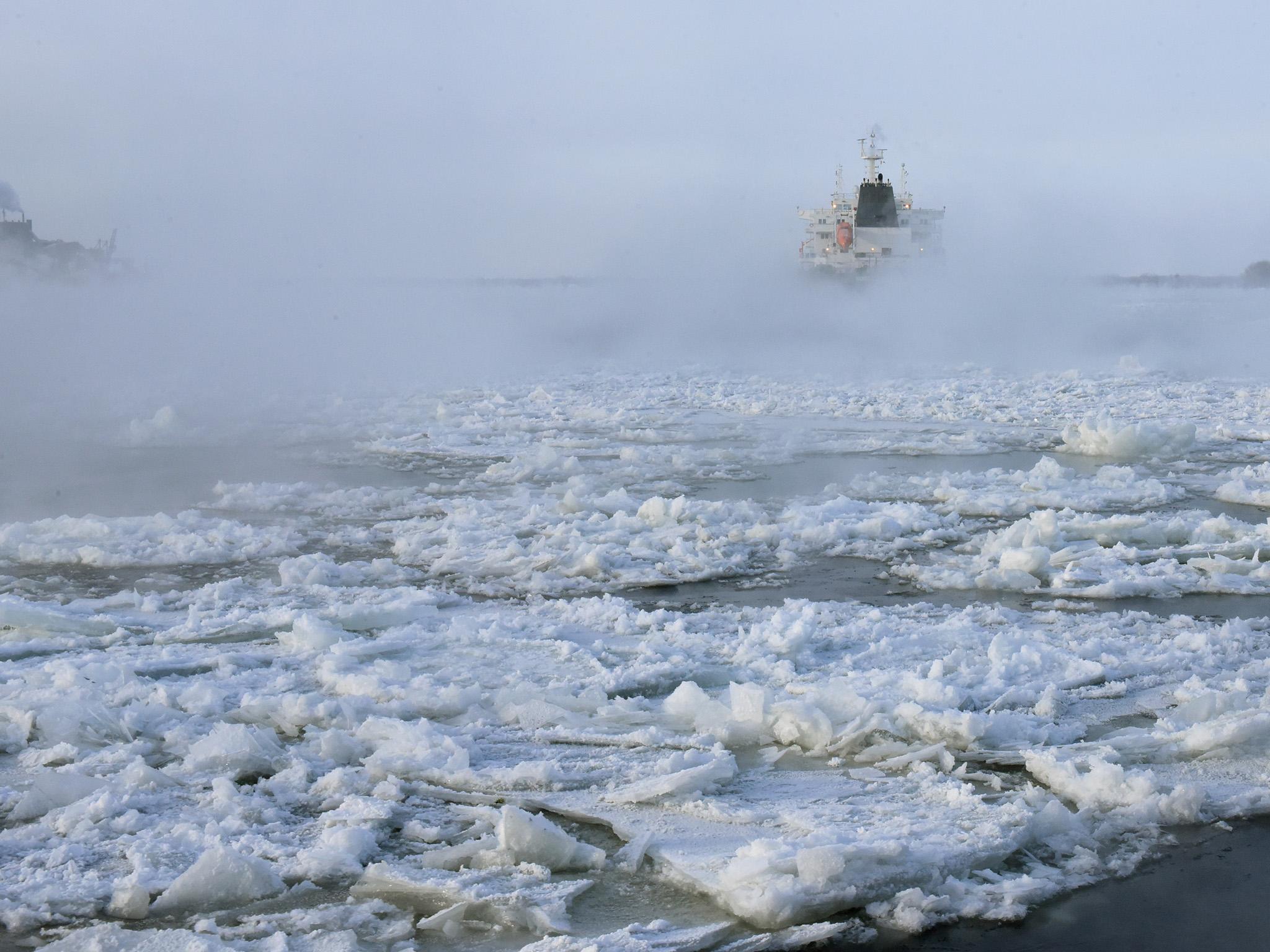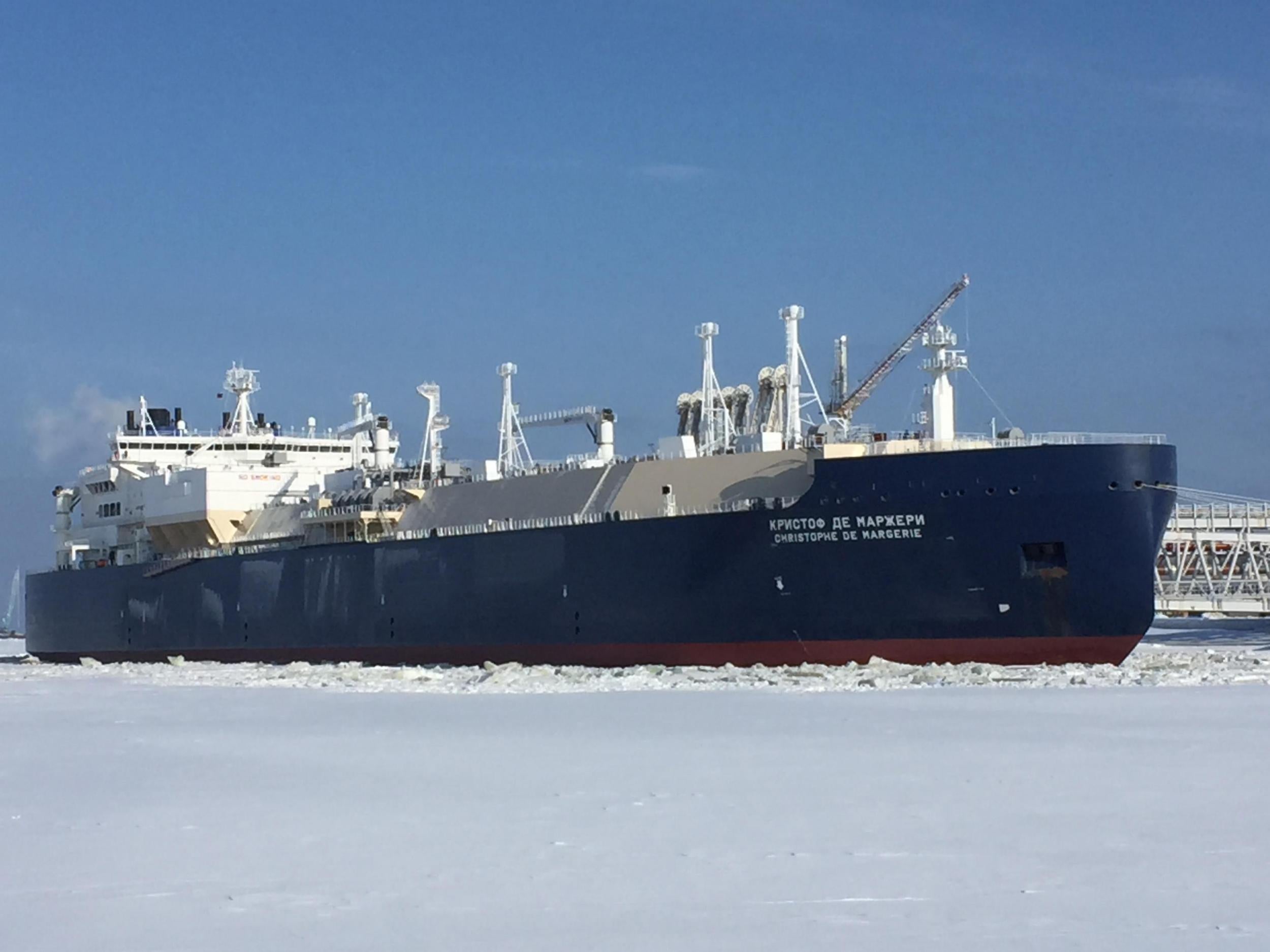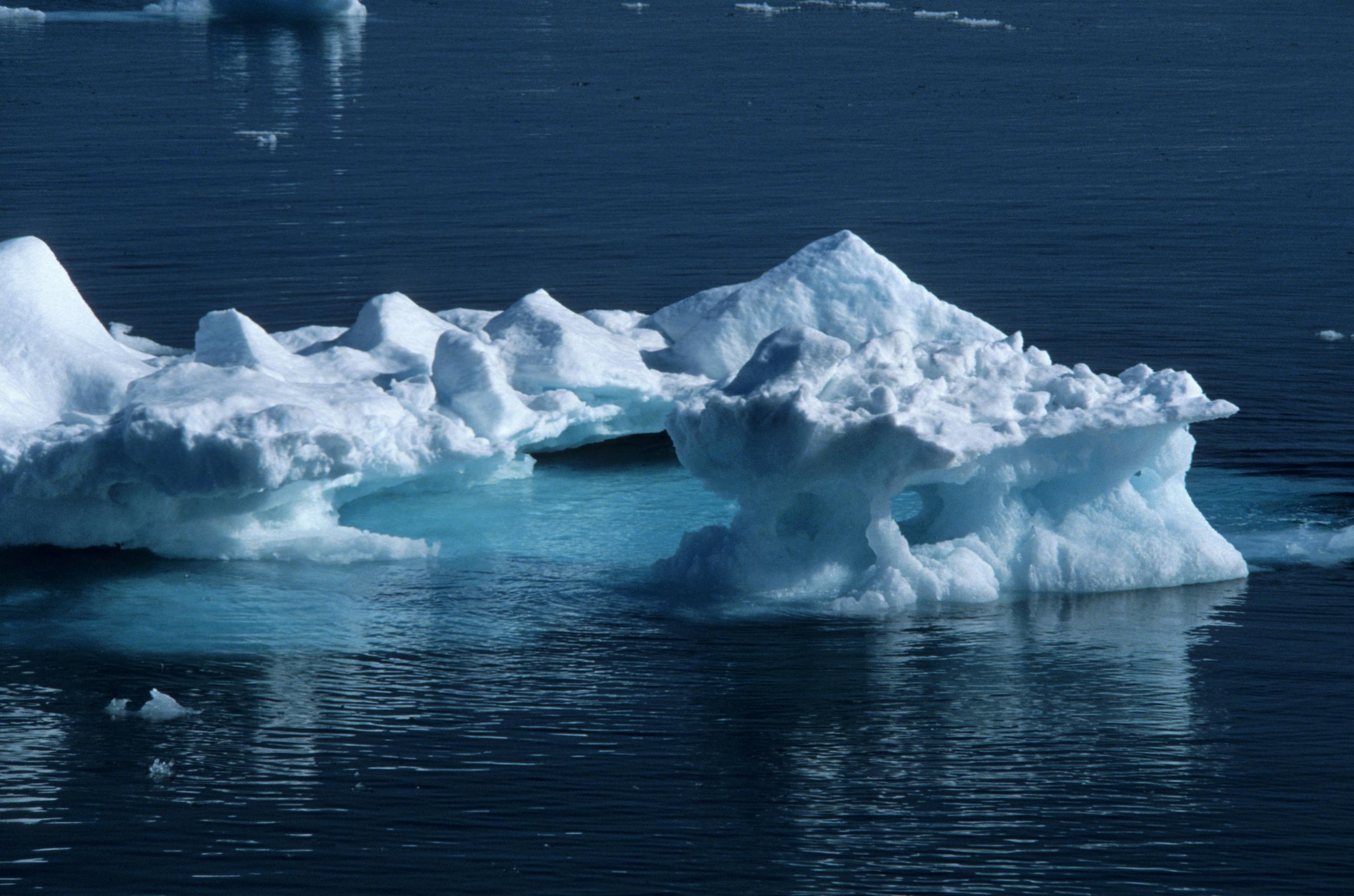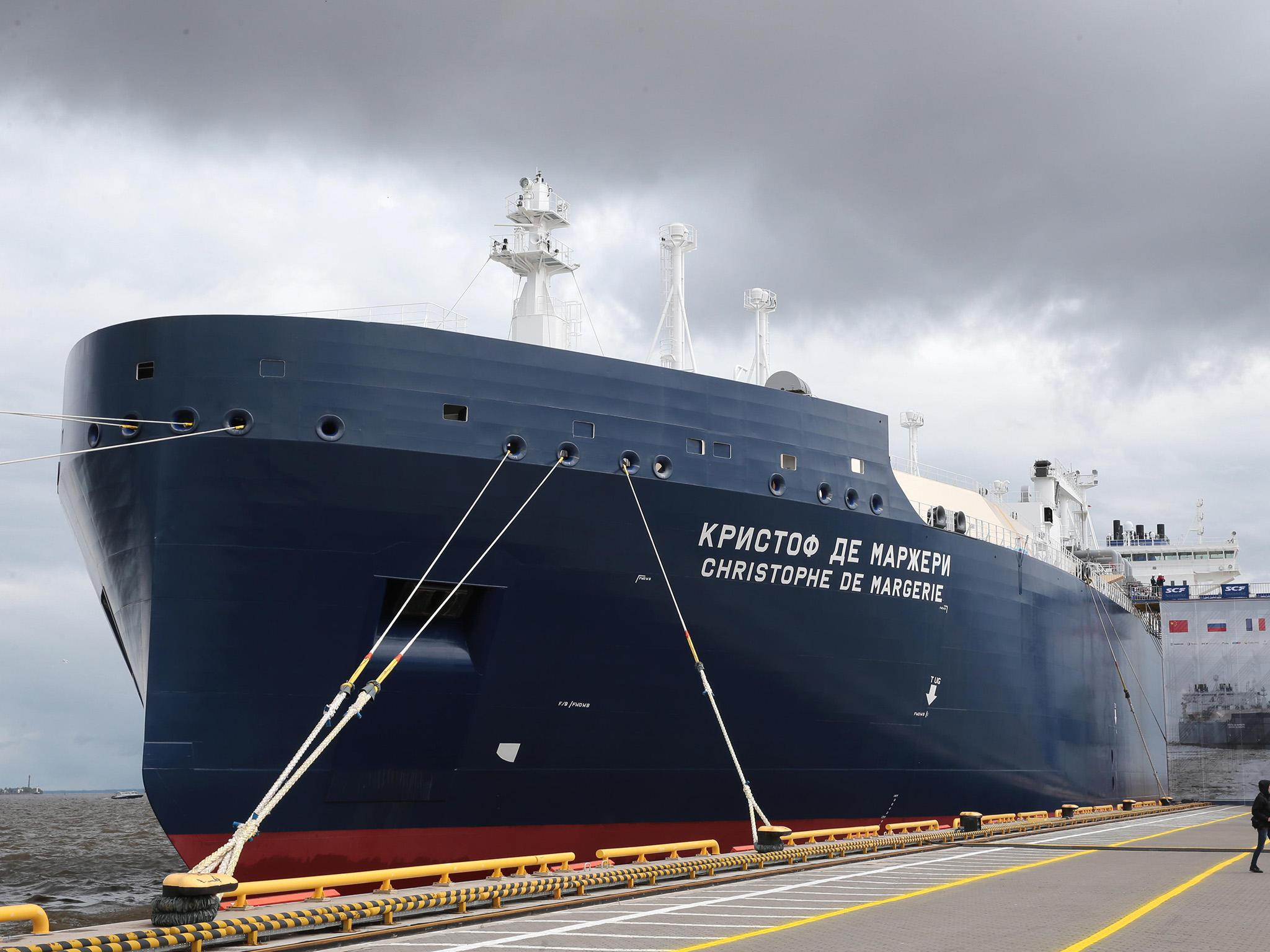Thaw in accord: As Arctic ice melts, territorial disputes are hotting up, too
Russia is at the forefront of activity in the Arctic and is said to be rapidly expanding its influence. But it’s far from the only country with a stake in the snow, as Jessica Brown explains

Anyone kept awake at night by climate change-fuelled existential crises won’t have welcomed the news that a ship has just sailed through the Arctic’s Northern Sea Route without an icebreaker – the first time this has happened in winter.
And anyone kept awake by nightmares of nuclear dystopia won’t be too thrilled to learn that melting ice has stirred fears of geopolitical fallout over territorial disputes.
The ship which journeyed from South Korea to Russia through the Northern Sea Route last month was a Russian tanker carrying liquefied natural gas (LNG). And in August last year, a Russian tanker sailed from Norway to South Korea without the help of a specialised ice-breaking vessel, in two-thirds of the time it takes to complete the regular route through the Suez Canal. Russia’s President, Vladimir Putin, called this a “big event in the opening up of the Arctic”.
Sailors have long sought an accessible route through the Arctic between the Atlantic and Pacific Oceans. Until recently, ice has made crossings impossible. But as global warming continues to melt Arctic ice at an unprecedented rate (temperatures here are warming more than twice as fast as they are for the planet as a whole), scientists have predicted that European shipping will be able to reach Asia 10 days quicker by the middle of the century, set against today’s usual routes.

All this increases the potential for territorial ambitions to become problematic. A 1982 UN Convention on the Law of the Sea (UNCLOS) allows each Arctic state – Canada, Denmark, Finland, Iceland, Norway, Russia, Sweden and the US – an economic zone extending 200 nautical miles from their coastlines, in which they can explore and exploit resources.
Countries can apply to extend this zone if they believe their continental margin extends further: this has already caused tension between states. Denmark, for example, has claimed territory around Lomonosov Ridge including the North Pole, which overlaps with large parts of Russia’s claim.
The EU, and nine of the world’s biggest fishing nations including Canada, Russia, China, the US, Japan, Iceland, Denmark and South Korea, signed a temporary agreement last year to prohibit fishing in the central Arctic Ocean for 16 years in order to allow scientific research to examine the area unhindered.
But as it becomes more accessible, Arctic states are now looking at how they can exploit the area for natural resources. Experts suggest that, at the current rate of ice decline, it will become economically feasible to set up extraction operations by around 2040.
Chris Yesson, research fellow at the Institute of Zoology, says that, while winter crossings will remain rare in the short term, the shipping which does traverse the Arctic ocean will probably transport high-value materials such as fuel.
This could in turn cause more ice to break up, as well as increasing noise pollution and raising the risk of oil and gas spillage.
“Greater access increases attention on the area; creating well-established routes into the area makes it easier for other commercial activities to move in,” he says.

However, Klauss Dodds, professor of Geopolitics at Royal Holloway University, argues that melting ice doesn’t always equate to increased accessibility.
“People will increasingly be asking if the Northern Sea Route is more and more more accessible, but it’s a big ‘if’ because conditions are still very unpredictable and difficult to manage.
“It’s far too simplistic to say that the sea ice is retracting, and therefore access into the Arctic is going to be easier. It’s more complicated than that.”
Russia is at the forefront of activity in the Arctic, and is said to be rapidly expanding its influence. It has 46 icebreakers, according to the US Coast Guard. Finland has the next highest total: seven.
Arguably this is proportionate to the size of Russia’s territory in the Arctic, but concern is mounting at how the potential for improved access might raise geopolitical tensions.
Dodds says that even the Arctic simply appearing more accessible could cause problems. And it is notable that the Northern Sea Route is covered by Russia’s exclusive economic zone.
“It’s no coincidence that the ship [that traversed the Northern Sea Route last month] was Russian. They want to showcase that they’re a serious LNG exporter,” he says.
“Russia has invested hugely in constructing the idea that the Russian Arctic is this rich space that should attract global investment.”

Greenpeace’s Russian Arctic campaigner Vladimir Chuprov said the melting Artic means that “countries like Russia and Norway want to turn it into the next Saudi Arabia”.
Dodds argues that it isn’t so straightforward, however. “People say the Arctic represents one of the world’s greatest economic frontiers.
“[But] just because the region has resources, doesn’t mean we’re going to exploit it. There are other factors, such as the cost of extraction and demand,” he says.
Still, there are questions beyond mere resources: it’s territorial. In 2007, Arctic explorer Artur N Chilingarov went to the seabed to plant a titanium Russian flag – which, some experts worry, could have been a prescient metaphor for what’s to come.
“Accessibility of the Northern Sea Route and the Arctic Ocean makes Russia quite nervous because, up to this point, the Northern Sea Route is pretty tightly controlled by Russia,” Dodds says.
To gain access, countries need to apply days in advance, and must have expensive ice-breakers, which Dodds says are a way of controlling movement, as much as for safety reasons.
“If there’s a perception that the Northern Sea Route and the Arctic in general is more accessible, then Russia will be ever more mindful, and will essentially double down on their rights to regulate movement north of their own territories,” Dodds says.
“And that will inevitably come into awkward contact with other countries, like the US and the EU, who will champion the rights of innocent passage and transit passage. So we’ll see a clashing set of mental maths.”
But sea ice matters for another reason. Article 234 of UNCLOS gives states including Canada and Russia more rights to impose environmental controls on ice-covered waters.
“If there’s less and less evidence of ice-covered waters, then other parties like China and South Korea might start saying, ‘Why are you putting all these restrictions on us when there’s less and less evidence of sea ice?’.”
“Sea ice,” Dodds continues, “really matters, because sea ice equals control and if there’s less of it, if the Arctic appears less exceptional. Then, at least on the face of it, the powers countries such as Russia and Canada have assumed become less important.”
The big question is what would happen next.
Join our commenting forum
Join thought-provoking conversations, follow other Independent readers and see their replies
Comments